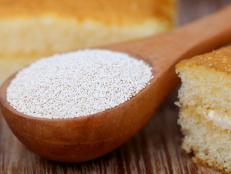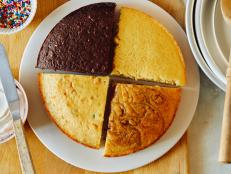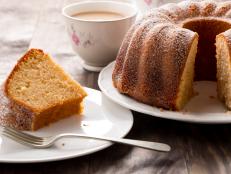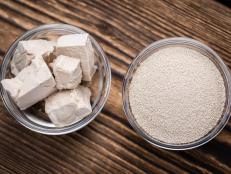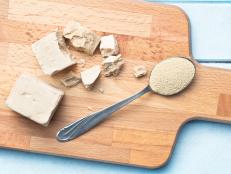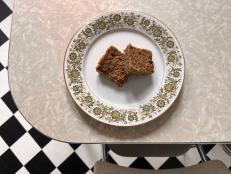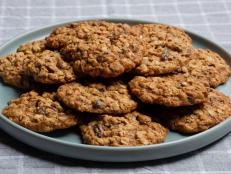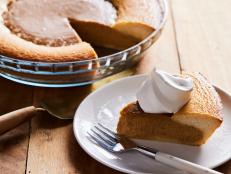The Pie Dough Mistake You're Probably Making, According to a Pastry Chef
It all comes down to water.


Brian David Photography
Get The All-New Food Network Kitchen App
Download Food Network Kitchen now to sign up and take advantage of the latest offer and get 40+ live classes a week, hundreds of on-demand cooking classes, in-app grocery ordering and so much more.
The expression “easy as pie” most certainly refers to eating it, not making it, but pastry chef Erin McDowell makes whipping up fancy pies of all kinds look effortless. Proof? Head over to the Food Network Kitchen app to make pies along with her (and over 30 other chefs) all week long — it's Baking Month on the app, and this week is all about pies.
To arm you with some tips and tricks before you start baking, we had a nice chat with Erin about the do’s and don’ts of piemaking. Although the author of The Fearless Baker and The Book on Pie (coming November 2020!) touched on some usual suspects like properly chilled butter and measured flour, she mentioned something surprising: most people don’t hydrate their dough enough.
"Pie recipes don’t give specific fluid amounts because every flour hydrates differently," Erin said. But this leaves a lot of room for interpretation, and recipes are often written in a way that makes people overly cautious. "When recipes call for 1 tablespoon of water to be added at a time, people are scared from the get-go. Then they get to the dreaded phrase 'add more as needed,' and 'don’t overwork' and they leave things on the dry side."

Brian David Photography
If your dough tends to crack when you roll it out, that’s a sign it’s not hydrated enough. Even professional bakers make this mistake: when McDowell was training her assistants, every single one of them remarked that she used so much more water than they would have.
Next time, when you’re adding water, here’s what to look for. "The dough should completely hold together in one craggy ball with no dry pieces or visible clumps — but it shouldn’t be sticky or tacky either," McDowell said. It can be difficult when you’re working by hand to mix uniformly, so sometimes McDowell removes the dough that has come together and adds a bit of water to the remaining dry portions (pretty brilliant).
And if you do realize you’ve underhydrated? Grab a spray bottle and lightly spritz the split dough you’ve rolled out, fold it into quarters, then let it rest for at least 30 minutes in the fridge before rolling it out again.
Now how does some Black Forest Meringue Pie sound? Watch Erin's LIVE class on the Food Network Kitchen app this week and bake it along with her!
Related Links:



























